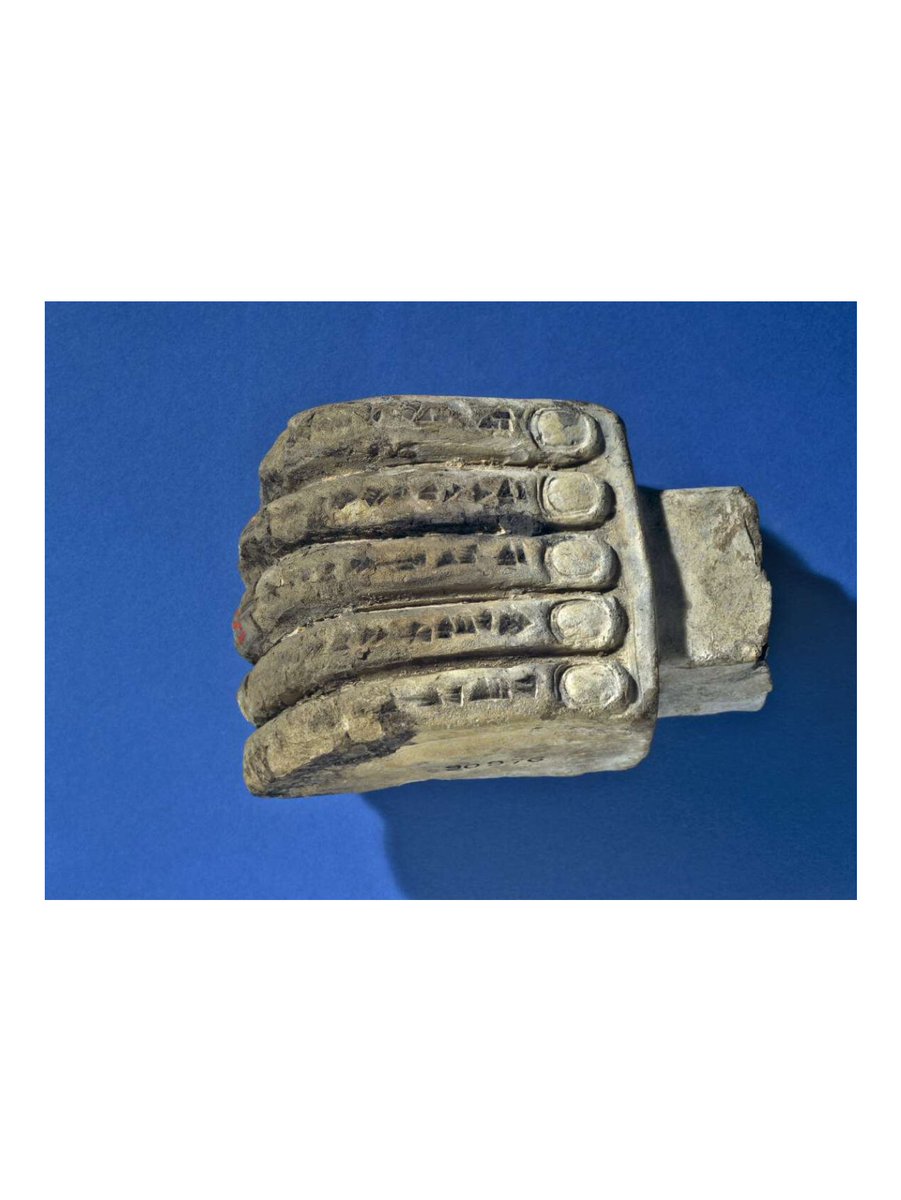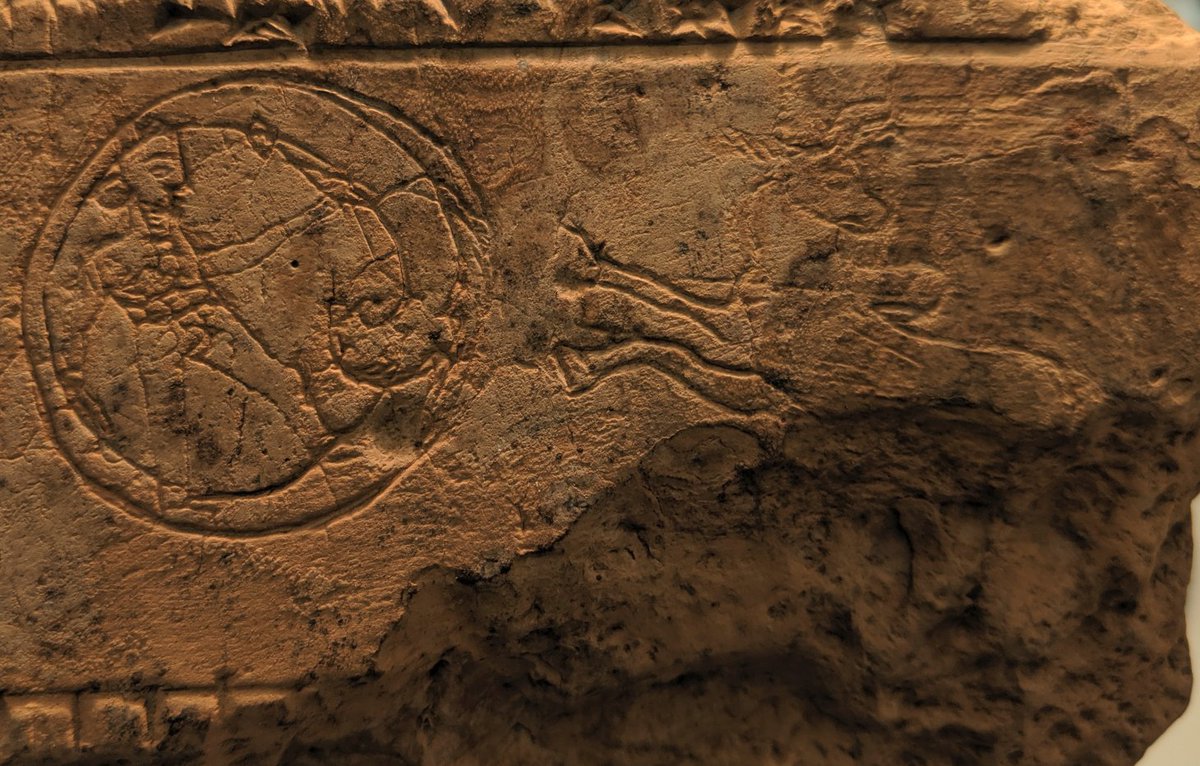
How to get URL link on X (Twitter) App


 The letter opens with very traditional greetings and wishes for good health. The son, named Marduk-nadin-ahhe, offers a favor to his father, named Nabu-ah-iddin.
The letter opens with very traditional greetings and wishes for good health. The son, named Marduk-nadin-ahhe, offers a favor to his father, named Nabu-ah-iddin.

https://twitter.com/willismonroe/status/1319676118534766593Soldi rightly connects these "clay hands" with the long tradition of clay decorative elements in architecture stretching all the way back to the Late Uruk period (late 4th mil BCE). The walls of the E-anna temple were covered in small decorative pegs inserted into the brickwork.



https://twitter.com/artcrimeprof/status/1319657516901502976To begin, these objects are often called "Hands of Ishtar" named because they clearly are modeled on clay hands often with clearly delineated fingers sometimes even with fingernails (and example from the British Museum): britishmuseum.org/collection/obj…


 This was prompted by an article in Vice back in July (vice.com/en_in/article/…) which links to an older post by NASA (spaceplace.nasa.gov/starfinder2/en/) which is good but I have minor quibbles with... In any case neither answers the question of how we know where the signs are in the sky...
This was prompted by an article in Vice back in July (vice.com/en_in/article/…) which links to an older post by NASA (spaceplace.nasa.gov/starfinder2/en/) which is good but I have minor quibbles with... In any case neither answers the question of how we know where the signs are in the sky...



 The tablet above is BM 29841 or El-Amarna number 30. It's a document written by the king of Mitanni to anyone encountering the holder on their way to Egypt. The tablet is now held in the British Museum: britishmuseum.org/research/colle…
The tablet above is BM 29841 or El-Amarna number 30. It's a document written by the king of Mitanni to anyone encountering the holder on their way to Egypt. The tablet is now held in the British Museum: britishmuseum.org/research/colle…

https://twitter.com/Moudhy/status/1176014652108673024The first things to note is that cuneiform numbers are *easy*. It's a sexegesimal (base-60) system with "one" and "ten" markers. There's no place value markers so you just have to infer that from context (but it's usually apparent).


 Before we get into the actual omens, the short take away... bad news for the East, and just bad news in general... but that's part and parcel for eclipse omens. Hence why the ancient Mesopotamians had handy rituals to dispel the evil of an eclipse.
Before we get into the actual omens, the short take away... bad news for the East, and just bad news in general... but that's part and parcel for eclipse omens. Hence why the ancient Mesopotamians had handy rituals to dispel the evil of an eclipse.